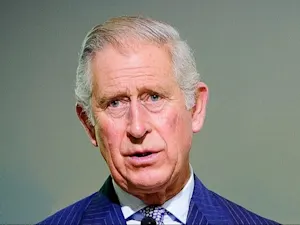
The Architect of History's Largest Ponzi Scheme
Bernard Lawrence "Bernie" Madoff was a prominent financier who became infamous for orchestrating the largest Ponzi scheme in history. Over at least 17 years, he defrauded thousands of investors, amassing tens of billions of dollars. Beyond his criminal activities, Madoff was a pioneer in electronic trading and served as chair of the Nasdaq in the early 1990s. Despite his accomplishments, Madoff's legacy is marred by his unprecedented financial fraud. He died in prison on April 14, 2021, while serving a 150-year sentence for multiple felonies, including securities fraud and money laundering.
Early Life and Career
Born on April 29, 1938, in Brooklyn, New York, Bernie Madoff grew up in a middle-class family. His parents, Ralph and Sylvia Madoff, founded Gibraltar Securities, which was later shut down by the SEC. Bernie earned a bachelor's degree in political science from Hofstra University in 1960 and briefly attended Brooklyn Law School. During his college years, he married his high school sweetheart, Ruth Alpern. Together, they founded Bernard L. Madoff Investment Securities LLC in 1960, starting with $5,000 Bernie saved from installing sprinklers and working as a lifeguard.
Initially trading in penny stocks, Madoff's business slowly gained traction. He and his brother Peter revolutionized the market by developing electronic trading capabilities, significantly boosting their firm's profile. By the late 1980s, Madoff's firm was processing a significant portion of the New York Stock Exchange's order flow, making around $100 million annually. In 1990, Madoff became chair of the Nasdaq, further cementing his status in the financial world.

The Ponzi Scheme
Madoff's scheme centered around the false promise of high and consistent returns using a purported investment strategy called split-strike conversion. Instead of investing his clients' money, Madoff deposited it into a single bank account, using new investments to pay off earlier investors. This classic Ponzi scheme allowed him to maintain the illusion of profitability for decades.

The financial crisis of 2008 triggered a wave of redemption requests that Madoff couldn't fulfill. On December 10, 2008, he confessed his fraudulent activities to his sons, who reported him to the authorities the next day. The final account statements falsely claimed $64.8 billion in client assets. Madoff's elaborate deception came to a dramatic end, revealing the scale of his fraudulent activities and the depth of his betrayal.
Legal Repercussions and Legacy
In 2009, Madoff was sentenced to 150 years in prison and ordered to forfeit $170 billion. The U.S. Marshals auctioned off his assets, including homes, boats, and jewelry, to recover funds for the victims. Efforts to compensate defrauded investors have continued, with the Madoff Victims Fund distributing over $3.7 billion to nearly 40,000 victims as of September 2021. Irving Picard, the trustee overseeing the liquidation of Madoff's firm, has recovered nearly $14 billion by suing those who profited from the scheme.
Bernie Madoff's name is synonymous with one of the most egregious financial frauds in history. His story is a stark reminder of the devastating effects of unchecked greed and the importance of regulatory oversight in the financial industry. Madoff's actions not only ruined lives but also undermined trust in the financial system. Despite his death in prison in 2021, the repercussions of his actions continue to affect his victims and the financial world at large.
Reference:Bernie Madoff: Who He Was, How His Ponzi Scheme Worked























